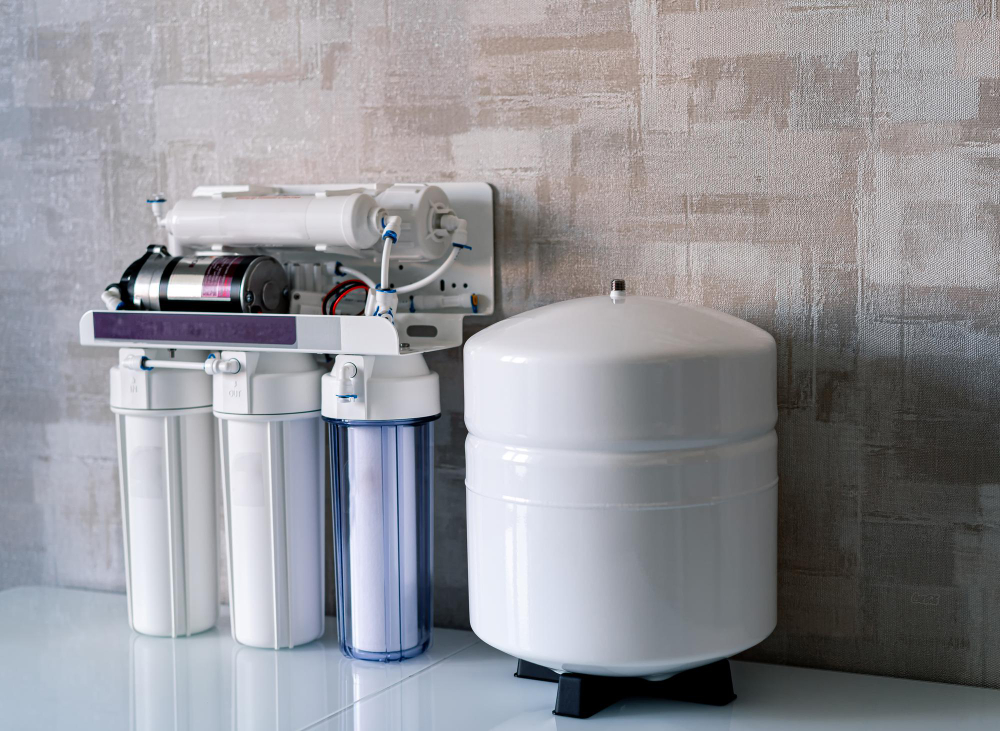Last updated on
Here’s how you can turn your water source at home into drinkable water. Read on!
Clean and safe drinking water is a key component of all life. Without it, entire civilizations would potentially collapse. But as much as we rely on clean water for our existence, many of us don’t know the full process behind ensuring our tap water is drinkable and safe for consumption.
To better understand what goes into making water drinkable, let’s look at the purification and filtration techniques used by modern municipalities worldwide to provide us with clean, great-tasting H2O!
What's Inside
Use Water Softeners to Improve Water Quality

If you’re tired of dealing with pesky hard water stains or itchy skin after a shower, using a water softener can be an easy and effective solution. If we look at springwell water softeners, we can see that they are a popular choice among homeowners looking to improve their water quality.
By removing minerals like calcium and magnesium that can wreak havoc on your plumbing, appliances, and even your clothes, you’ll be left with softer, cleaner water that’s gentler on your skin and leaves your dishes looking sparkling clean.
Plus, with easy installation and maintenance, you’ll wonder why you didn’t invest in a water softener sooner. Say goodbye to brutal water headaches and hello to better water quality with a water softener.
The Difference Between Hard and Soft Water

The difference between hard and soft water lies in the amount of minerals that are present. Hard water contains a higher concentration of minerals such as calcium and magnesium, while soft water has a lower concentration. These minerals can have an impact on the taste, appearance, and even effectiveness of water in everyday activities like cleaning and washing clothes.
Understanding the difference between hard and soft water can help you choose the best water source for your needs and ensure that you’re making the most of this precious resource.
So, whether you’re washing dishes or enjoying a refreshing glass of water, be sure to consider the differences between hard and soft water and make the choice that’s right for you.
Common Treatment Processes for Making Water Drinkable

Life cannot exist without water, however, not all water is suitable for human consumption. Fortunately, there are several commonly used treatment processes to make water drinkable.
The process of coagulation and flocculation involves adding chemicals to the water to make dirt and other impurities clump together and form larger particles, which can then be removed through filtration.
Another popular method is chlorination, which involves adding chlorine to water to kill bacteria and other harmful microorganisms. Reverse osmosis is another common treatment process that uses a semi-permeable membrane to filter out impurities and create drinkable water. While each treatment process has its advantages and disadvantages, they all share the same goal of providing clean and safe drinking water for all.
Different Types of Contaminants in Water
Water is essential for life, but various types of contaminants can make it unsafe for consumption. One common type of contaminant is microbial, which includes harmful bacteria, viruses, and parasites that can cause waterborne illnesses.
Chemical contaminants are another type, consisting of substances such as pesticides, lead, and chlorine. Heavy metals, such as mercury and arsenic, can also contaminate water sources and pose health risks for humans and wildlife. Finally, physical contaminants like sediment, dirt, and rust can make the water look cloudy and unappealing. It is crucial to be aware of these different types of contaminants and ensure that our water sources are adequately treated and tested to keep our communities healthy and safe.
Drinking quality water is essential not only for our health but also for the environment, so understanding these basics of drinking water quality can give us an appreciation of why clean and safe drinking water is so important. Even though water quality varies from location to location, it’s vital to know what your local tap water contains and how it has been treated before being used.
Hardness specification standards must be met with the proper processes when treating drinking water, ensuring that soft and safe water is always accessible.
Ultimately, a complex combination of contaminants, standards, and processes are all necessary components in making drinking water safe for all. Taking the time to become aware of our own individual public or private sources and how they have been treated will help us ensure we only use the best quality sources of drinkable water.




